
Mboko Seizes Opportunity for Career-Best Win in Wimbledon Debut; Shapovalov Out
Victoria Mboko got into the Wimbledon main draw as a lucky loser and upset Magdelena Frech for her first win at the...
Stay up-to-date on all things Canadian tennis courtesy of exclusive interviews, analysis, and event coverage. Search by subject and explore the latest news in multiple formats including articles, videos, and podcasts.
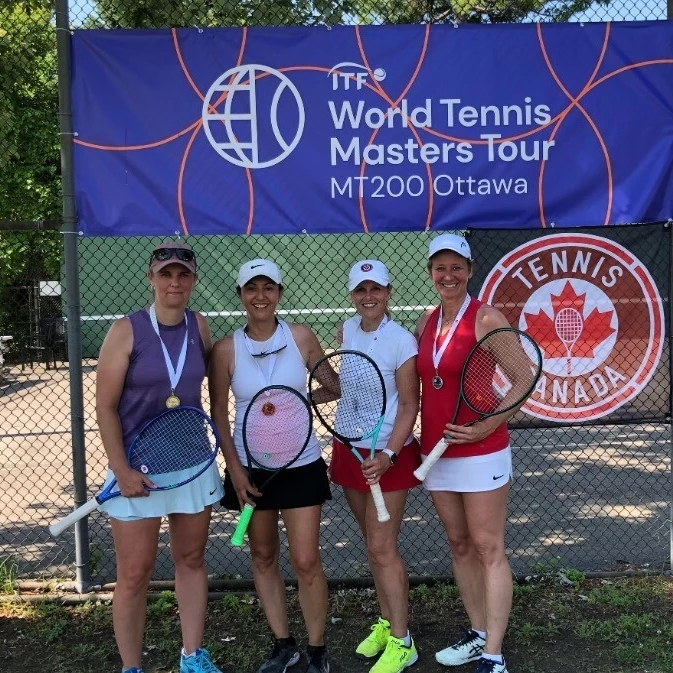
Canada hosted ITF Masters events in Mont-Tremblant and Ottawa over the past month, with the hosts dominating the latter.

Gabriel Diallo came out short in the Wimbledon second round in his first-career match against a Top 5 opponent while...

Leylah Annie Fernandez, Félix Auger-Aliassime, and Gabriel Diallo, all won matches the week before Wimbledon and are...
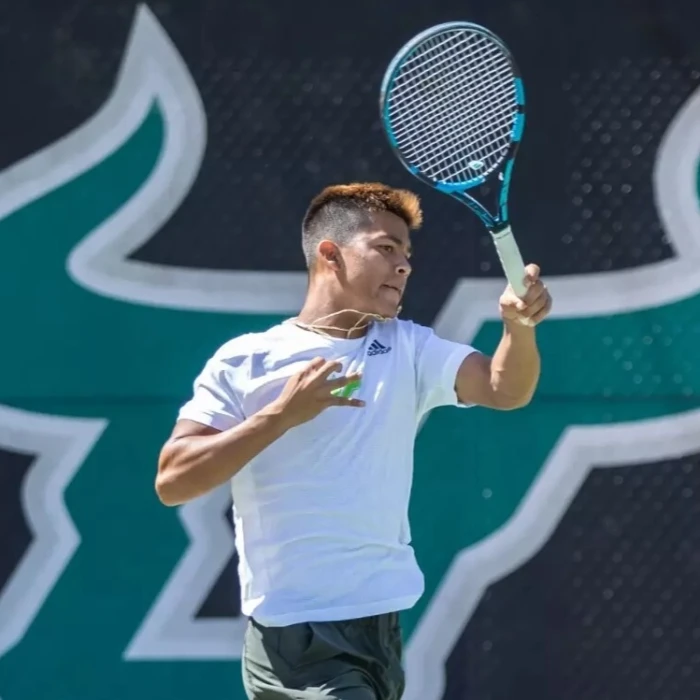
An ITF M25 event is taking place in Laval, QC, this week as the Road to the NBO hits the home stretch ahead of the...
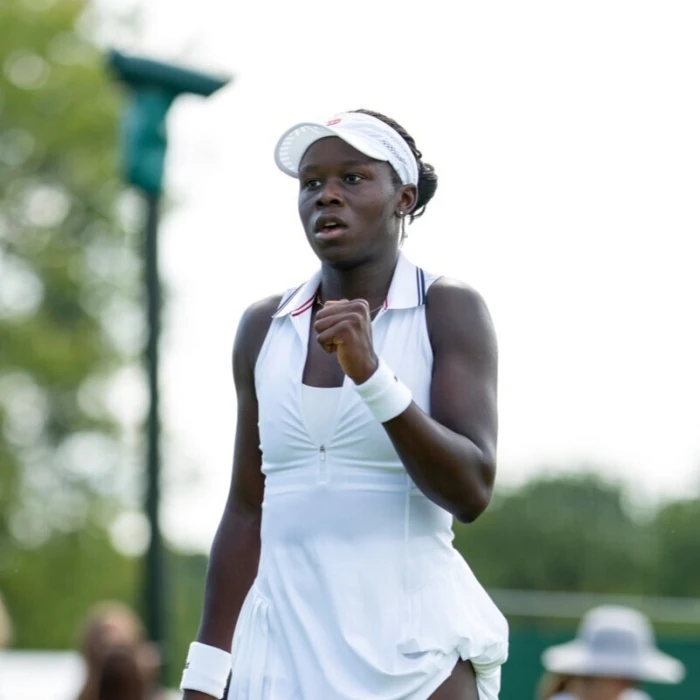
Victoria Mboko got into the Wimbledon main draw as a lucky loser and upset Magdelena Frech for her first win at the...

It was a Montreal double in the Wimbledon first round as Félix Auger-Aliassime and Gabriel Diallo won their...

Leylah Annie Fernandez is through to the second round of Wimbledon, while Carson Branstine’s main draw debut ends in...
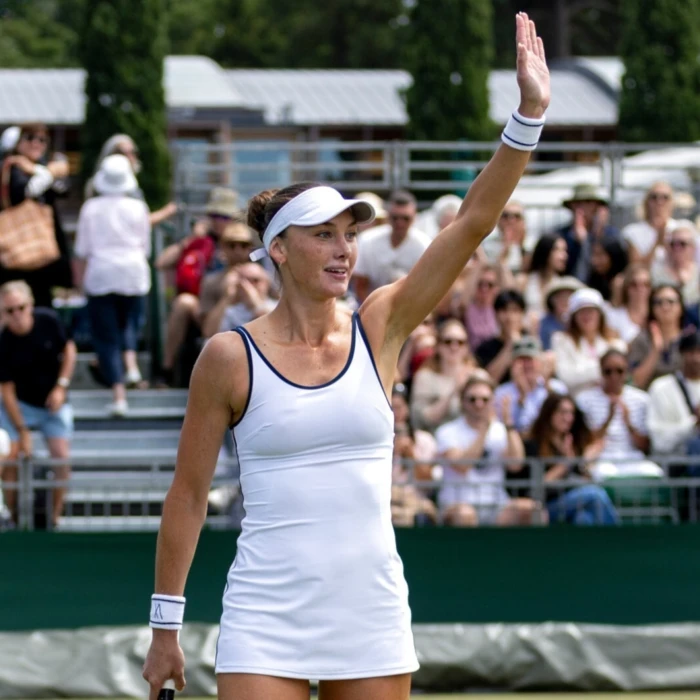
Five Canadians are competing in the singles draws at Wimbledon, which gets underway on Monday. All could face a Top 6...
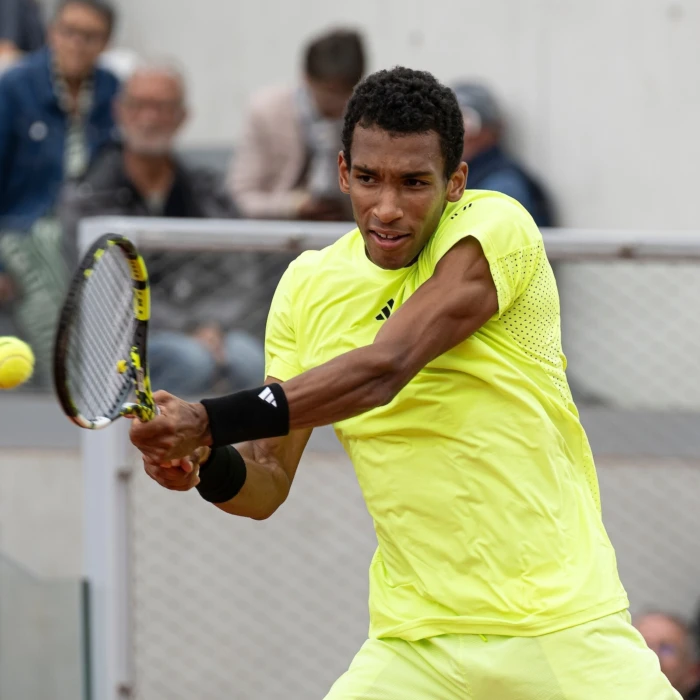
Auger-Aliassime fell short of the Mallorca final after a straight-set loss to Tallon Griekspoor on Friday.

Félix Auger-Aliassime took down Hamad Medjedovic in the Mallorca, but Gabriel Diallo was beaten in his quarter-final...

Davis Cup champion to inspire next generation through national grassroots program and help Tennis Canada achieve goal...